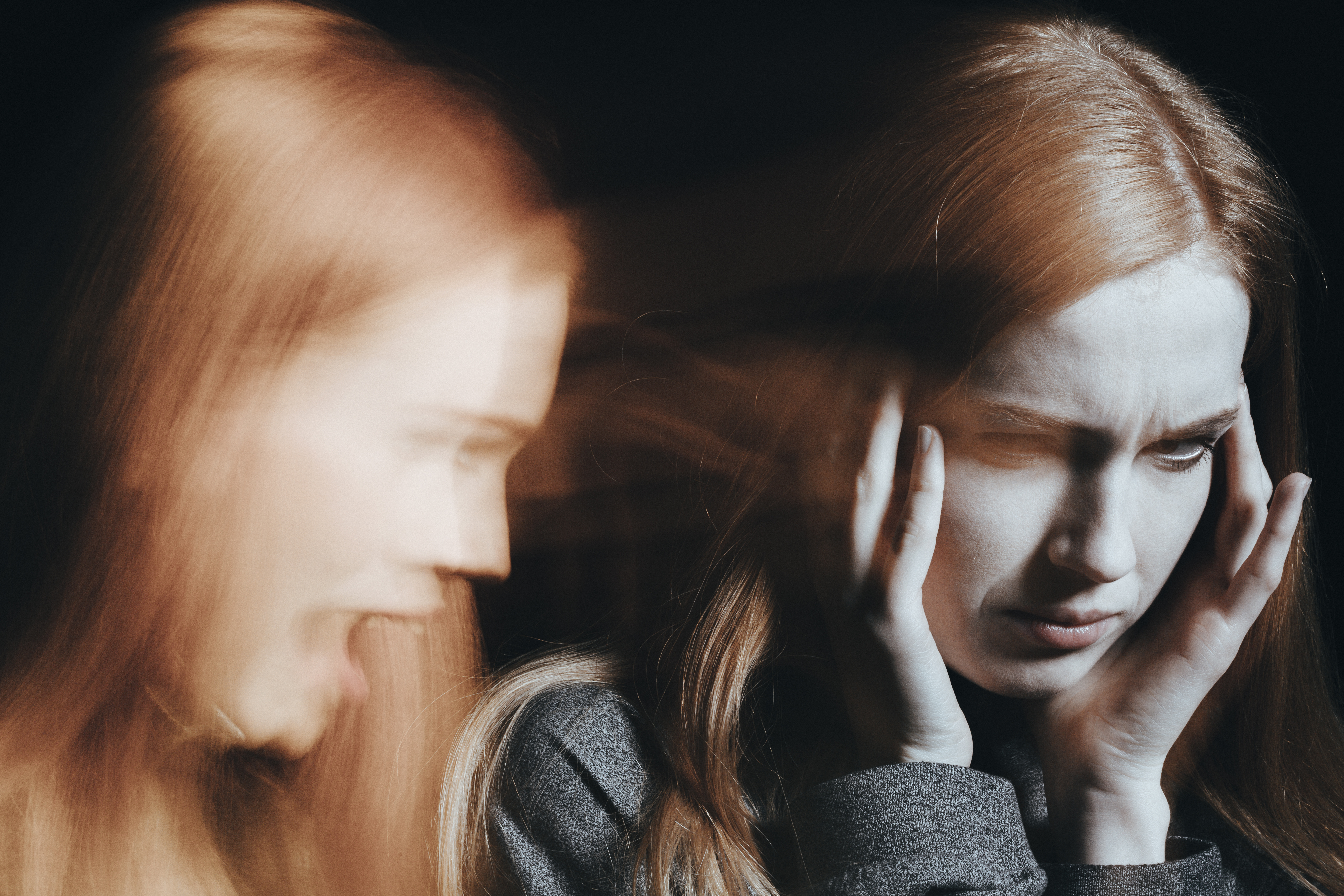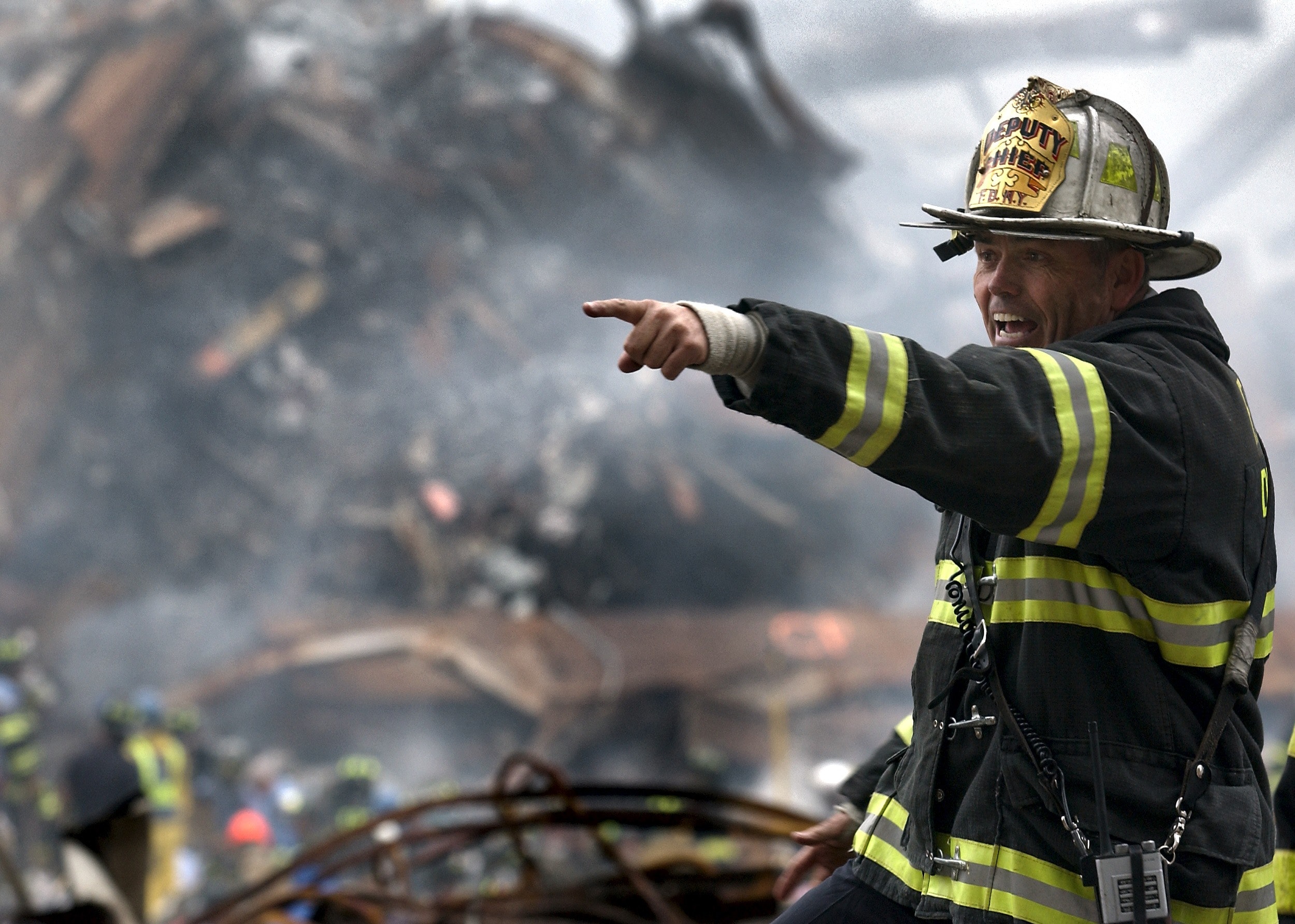
Two years ago this week, the Thomas fire laid the groundwork for the Montecito mudslides.
On January 9th, 2018, half an inch of rain overwhelmed Santa Barbara County in less than five minutes. Mud and boulders from the Santa Ynez Mountains cut off power to more than 20,000 residents and shut down a portion of the 101 freeway for nearly two weeks. During those two weeks, the mudslides caused twenty-three deaths in the area. Hundreds of homes were damaged and destroyed, resulting in over $2.2 billion in damage.
These events may be in the past, but the wounds remain. Residents will tell you stories of warnings that came too late, evacuation orders ignored for too long and losses of water and electricity to property and loved ones. As part of the Santa Barbara community, Sanctuary Centers saw all this damage firsthand. We have seen the acute problems disaster can cause in the short term, as well as the long-term side effects on survivors’ lives.
Natural disasters come in many shapes and sizes. Beyond fires and mudslides, there are tornadoes, hurricanes, floods, ice storms, earthquakes, and other calamitous events—all of which carry the potential for trauma in survivors. Trauma can come from any aspect of the event, such as:
- Being displaced and living in temporary housing
- Not being able to locate friends and family
- Being separated from the community services we have grown accustomed to
Everyone copes with these disasters differently: Many adult survivors report using substances to cope; while children report trouble sleeping and experience nightmares in addition to increased fear and anxiety. Children are especially vulnerable to the effects of these events, especially those under eight. They don’t have the tools necessary to process disaster in a healthy way.
These disasters can cause extensive trauma, both in the short and long term, like depression, irritability, fear and anger. And they can compound the trauma of the physical effects, adding to injury and displacement. But emotional issues can also manifest themselves in physical symptoms like headaches, stomach pains, and exhaustion. This can exacerbate other problems and cause difficulty in simple cognitive tasks, like following instructions and making decisions.
If these short-term effects go unchecked, they can lead to long-term issues. Research has shown a link between trauma exposure and other long-term issues, including PTSD, anxiety and depression. Additionally, medical expenses and/or the cost of rebuilding can be near-constant sources of anxiety and strife.
I know the effects of these disasters because I’ve seen them first hand…
First-Hand Accounts From Natural Disaster Survivors

When Sanctuary Centers approached me about this blog post, I felt at least somewhat qualified to write on the subject. I’ve lived through California wildfires, Indiana tornadoes and ice storms in the Ozarks, but I worried my experiences weren’t indicative of the average person’s. As I dug into the research, the stats and general information felt inadequate to convey the pain and loss of these devastating events.
Lived experience and testimonials felt necessary to convey the scope and depth of the trauma caused by the disaster, so I decided to interview survivors.
Since I currently reside in the midwest, many of the stories I heard were tornado stories. Adam, Megan and Sarah all had stories of tornadoes striking their towns. Adam, now an investigative reporter, was twelve years old when an F-3 tore through his hometown of Stockton, MO in 2003, killing three people.
“Mentally it’s tougher because it was like we lost our hometown,” he said. “My favorite dessert drive-in place was destroyed, the cafe where we went after church was gone.” We feel the loss of these landmarks severely, but sometimes it’s the things we never think about that stand out the most. Adam described the odd feeling of seeing large trees uprooted by the tornado, never to be replaced. “It’s the trees that last… without those trees [the town] seems much smaller.”
Sarah lived through a similar experience in the Ozarks, and the Joplin tornado of 2011 made national headlines. The damage was so extensive that President Obama visited the town. Sarah recalled the terror of not knowing what had been affected because all the phone lines were down.
“We weren’t able to reach my family,” she said. “One of my aunts was in a nursing home we thought had been destroyed. It ended up being a different nursing home. Ten residents and one staffer died.” As if the horror of believing a loved one may have perished in the storm wasn’t enough, another one of Sarah’s aunts was missing. “She had been visiting a friend at St. John’s Hospital when the tornado hit. She rode out the whole storm shoved between a vending machine and the wall, then walked the three miles to her home in a daze.”
Sarah confessed to not coping well.
“I didn’t sleep that night. Instead, I just watched CNN and the weather channel all night and cried at school all day the next day.” Sarah spoke of the tornado as a traumatic event for every resident of Joplin. She recounted the haunting drive around town the day after the tornado, seeing whole blocks razed to rubble where homes and buildings had recently stood. More than anything, though, the event awoke her phobia of storms. “As a child I was so afraid of storms. After the tornado my fear returned…” She wasn’t the only one to report this phenomenon.
An F-4 hit the St. Louis area about a month before the Joplin tornado, when Megan was a senior at a local high school. She remembered the tornado happening on a Friday—Good Friday, actually. The damage was so extensive that school was cancelled the following Monday. The extra day off gave her time to survey the damage and aid in the clean up.
“I went to one of the neighborhoods that got hit the worst… houses were leveled, trees were gone. While sorting through the damage at one point, we found a picture that someone had taken from the driveway of the house. It was really shocking and surreal to have a before and after right in front of us.”
While the images of the wreckage stay with Megan, the worst part was the fact that the whole storm occurred while she was out of the house. “The actual night it happened I couldn’t go home. I wasn’t able to see anyone or anything in person… the fact that I wasn’t home or prepared for it really unsettled me.”
Much like Sarah, Megan continues to feel long-term effects from the event. “Mentally, emotionally, I’m pretty terrified of tornadoes now,” she said. “I don’t like being away from home during heavy storms—what if i can’t go home again? What if my house gets hit while I’m not there?” Every person I spoke with about these events from their childhoods still suffered as adults.
Of course, one does not have to experience a natural disaster in their youth to feel the full force of its effects. Adults are not immune to the issues natural disasters bring about. The last person I interviewed, Emery, lived through Hurricane Harvey a little more than two years ago. His story hit me the hardest. Emery did not fear the hurricane at first, as Houstonians are fairly used to flooding. He told me how he’d been the one to reassure his neighbors there was nothing to worry about.
It wasn’t until the fire hydrant in their front yard was completely submerged that Emery felt concerned. “Once the intrusion began, it was surprising how aggressive it was.” The water eventually got so high his neighbors had to seek shelter in his home. “Ultimately we had myself, my folks, my folks’ dog, two neighbors, two neighbor’s dogs, and two cats all in my parents’ upstairs.” Emery described drinking heavily and watching helicopter rescues in his own neighborhood. “I just became resigned to our fate. There’s a hopeless resignation,” he said.
Emery was temporarily staying with his parents when Harvey hit. His parents’ home had over $100,000 in damage. “The scope of the damage was so overwhelming. You just tackle one project after another.” He described a helpful sense of community in the aftermath of the storm, but he was also honest about his personal struggles. “Ultimately I coped by eating poorly, drinking and smoking…. The depression and isolation still lingers today. I don’t really feel like I ever got my life set back up.”
Even with a light at the end of the tunnel—Emery’s long delayed house will finally be complete early this year—it can be hard to get out of the rut brought on by large scale disaster.
While all the survivors I interviewed reported lingering effects, everyone was eager to give advice on how to handle these situations:
- Sarah asked me to remind everyone that phone and power lines may be down during a natural disaster, so try not to torture yourself by assuming the worst. Try to find anything to get your mind off things.
- Megan focused on being open and honest with the people closest to you.
- Emery agreed that doing anything to distract yourself from the sadness is a good idea. His journey was one marred by isolation, and he felt this kept him depressed much longer than he needed to be. “It’s easier to move forward when you’re not moving alone.”
People may downplay or make fun of your anxiety, so it’s important they know why that anxiety exists so they can be aware and mindful. Everyone stressed the importance of checking in with yourself regularly.
You can’t help others if you’re not taking care of yourself.
Rebuilding Your Home, Your Community and Yourself
All the links and literature about coping with disaster suggest practicing healthy coping strategies rather than unhealthy ones. They recommend trying to keep a set schedule to cope with the chaos, minimizing other stress as much as possible and focusing extensively on self-care in the aftermath of the disaster. More than anything, they focus on connection. At Sanctuary Centers, we understand how important it is for survivors to open up and talk about their experiences—so here is the one thing you must do:
Seek out a community. Find a support group or counselor to talk to about how the disaster is affecting you. Look to get involved and help in any way you can.
Getting involved can aid in the process of moving on and healing.
Humans crave community.
We are better together than apart.
As part of the community hit by those horrific mudslides two years ago, Sanctuary Centers knows firsthand how devastating one of these emergency events can be. We understand how important it is to find a way to feel safe again.I believe Adam put it best. As a reporter, he’s seen many communities rally together when disaster strikes, and I found his message of hope resonant. “Never think rebuilding is impossible,” he told me. “The next day may be the most devastating sight you ever see. The mountain of work can seem insurmountable and extremely overwhelming. But I’ve seen my small town rebuild and become a bigger, better town. I’ve seen countless towns and communities somehow rebuild. It may not be the same, but it’s something new and that’s good too.”
If you or someone you know is currently struggling with the effects of an emergency event or natural disaster, please don’t hesitate to contact Sanctuary Centers. The Disaster Distress Helpline is also always available at 1-800-985-5990 or the Crisis Text Line can be reached by texting TALK to 741741.
For community members: There is a remembrance event planned for Thursday, January 9, 2020 at Westmont College. This event is intended to create a space to share a night of connectedness, community, and hope with one another.

